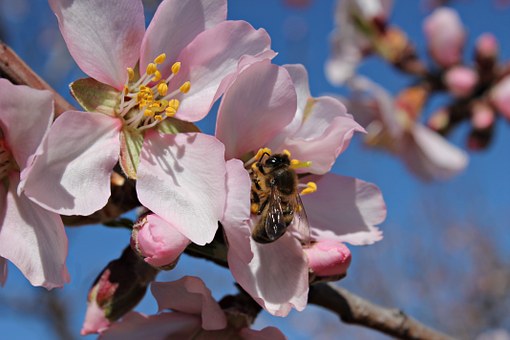What is Symbiosis?
Living things or organisms have many meanings that refer to humans, plants, animals, organisms, and bacteria.
Definition of living things is an organism that can defend itself or even its group from environmental changes and from the threat of the enemy.
Living things can be said that life has several characteristics, namely breathing, breeding, growing, moving, needing food, sensitive to stimulus, adaptation and others.

Symbiosis Definition
The relationship of living things is also very diverse, the close and distinctive relationship between the two types of living things that live together is called symbiosis.
The relationship between living things and other living things is very important. No living creature can live alone.
The relationship is also found in animals and plants, we often know the relationship with the term symbiosis.
Symbiosis Relationships
There are no living things that can fulfill their own needs, including humans (social beings). For example, in order to survive humans need to eat and drink.
Human food and drink usually come from plants and animals. Meanwhile, humans also have a big role in the maintenance of animals and plants, what are the animals and plants around them.
We know that the relationship between living things is very important, why? Because every living thing on this earth is interdependent and needs each other.
For example, bees, butterflies cannot eat if there are no flowers, and for others, they also benefit because it will make it easier to pollinate. Sparrows that eat grains such as rice, corn and so on.
Symbiosis Types
There are three types of symbiosis:
A. Symbiosis of Mutualism
The symbiosis of mutualism is the relationship between two types of living things that live together and can develop well, but if separated each cannot live well.
In the symbiosis of mutualism, the relationship can benefit both parties.
B. Symbiosis of
Symbiosis commensalisme is the relationship between living things with each other and only one side who feels benefited.
While the other party does not feel benefited and also does not feel disadvantaged.
C. Symptoms of Parasites
The symbiosis of parasites is a relationship between living things that only benefit one party and prejudice other parties.
Symbiosis Examples
A. Symbiosis of Mutualism
Example:
- Relationship between distance birds and buffalo. Distance birds get food in the form of insects that are in the body of a buffalo, while buffaloes benefit from the loss of insects that interfere with their bodies.
- The symbiosis between flowers and bees. Bees take food in the form of nectar in flowers, while flowers benefit because bees help the pollination process.
B. Symbiosis of Commensalism
Example:
- The symbiosis between orchid plants and their host trees. Orchids need tall trees as a place to attach to get sunlight, while trees do not benefit and are not harmed because orchids just stick.
- The symbiosis between whales and remora fish. Remora fish are close to whales to get food in the form of small fish and take refuge from predators, while whales do not feel harmed.
C. Parasitic Symbiosis
Example:
- A parasitic plant attached to another tree. The parasite attached to the host will absorb the food produced by the host, consequently, the host plant will die.
- Mosquitoes that suck human blood. Mosquitoes get food by sucking human blood, as a result, humans are harmed because it will cause itching.
That is what I can say about Symbiosis. Hopefully, it will be useful for people who read my scientific work.
My goal in writing this work is simply to share the knowledge that I can and I understand. Thank you for reading, it's also useful.
Author: Faiqotul Himmah